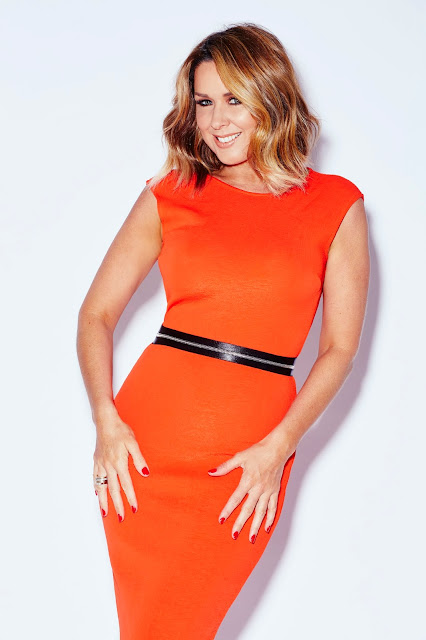How To Get Ahead in Cabaret - Interview with Paul L. Martin
“I can’t ever be Bette Midler… but she can’t ever be me either. When we finally use our own voice and stop impersonating – that’s when it gets exciting.”
“There are a lot of different answers”, Paul tells us, “the term itself translates as ‘a small room’, so underlying cabaret there is this idea of intimacy – of a performer being close to you and tangible, and of their performance not taking place in a vast auditorium”. Avid readers of this site (and if you’re not avid readers, what the bloody hell have you been doing with your lives?!) will know that, here at VBO, we are all for this. We have found that large concert halls can spoil the magic of our favourite acts – but it doesn’t have to be so.
“There’s nothing to say that you can’t do a cabaret in the O2 or that you can’t turn a smaller venue into a formal concert – really I think the term ‘cabaret’ means there is no fourth wall”. For those of you not familiar with the concept of the ‘fourth wall’, don’t panic. Allow me – your lovable theatre nerd – to explain.
Picture a typical stage. Got it? Excellent. The back of the stage is wall number one, the sides of the stage which hold the wings are sides two and three and the space where the curtain and the footlights are? That’s wall number four. In a piece of traditional theatre, this “wall” is what creates a sense of distance between the audience and what’s going on on-stage, but if a character speaks directly to you (like a stand-up comedian might, or Puck from A Midsummer Night’s Dream) – they’re breaking this fourth wall.
The absence of the fourth wall allows a performer to reach past the footlights and “meet” you in the audience. Want to know what cabaret truly is? Paul suggests you consider this: “the last time you went to see Tim Minchin, or Puddles the Clown, or Barbra Streisand - do you feel you met them, that they made an attempt to lean out and meet you? And, if you did, I think there’s a very strong argument that you just saw a cabaret – no matter what size the room is.”
“A lot of people who come to my cabaret courses are worried about whether they have to be ‘funny’ on-stage – and the answer is no. I encourage people to go for warmth and wit, and if that gets a laugh, then great! But it’s not the job.” In fact, says Paul, worrying about being “funny” can actually get in the way of you “meeting” your audience. Especially when performing a traditionally funny song, it is important not to rely on the comedic timing and mannerisms of whoever made it famous – unpicking the story of the song and doing it your way is likely to be much more successful.
And herein lies the secret to making sure your cabaret stands out – be yourself. That’s a big-old soppy cliché, for sure, but every cliché has an essential truth at its heart. “I can’t ever be Bette Midler… but she can’t ever be me either. When we finally use our own voice and stop impersonating the person we first heard sing that song – that’s when it gets exciting.”
Unfortunately, there’s no easy trick to doing this – it’s a question of actively avoiding imitation and picking songs you can relate to. PLUS, of course, finding a strong, well-rounded visual character for your persona. “Noel Coward had a look, so did Marlene.” – and if it’s good enough for them, it’s jolly well good enough for you!
Never underestimate the pairing of a great character and a distinctive visual. Paul’s flamboyant shirts and brightly coloured jackets on “All Together Now” were the perfect foil to his “Pantomime Villain” judging style and helped make the TV version of Paulus a far more rounded character.
So, what does Paul look for in newbies to the Burlesque scene?
“I’ve been working with Burlesque performers for over 15 years… so I’ll be looking for something I’ve never seen before! It’s always clear when a burlesque act is performing by numbers, straight out of the training course – and I want to see someone who is not clearly doing it by rote.” Apart from that, he wants character, quirkiness, and a good dose of story.
You can catch Paulus on the 22nd and 29th July at Pizza Express Live.







Comments
Post a Comment